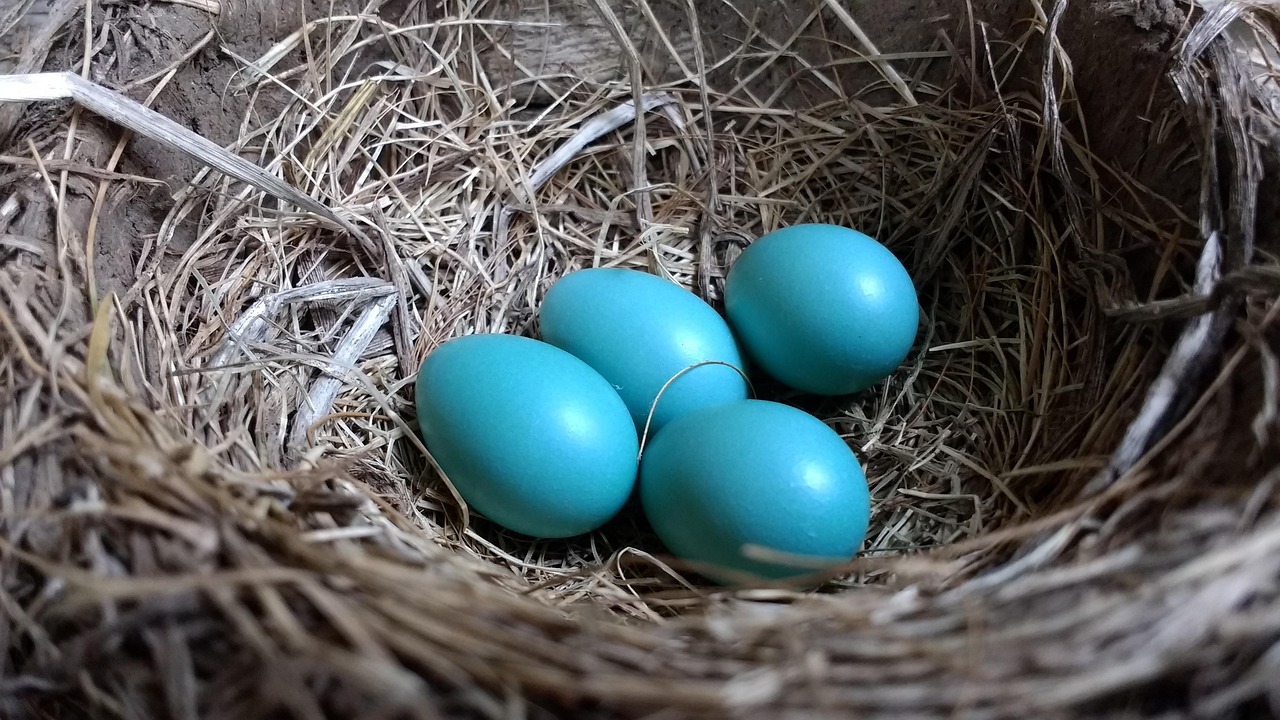Have you ever cracked open an egg and been stunned to find a vibrant blue shell? Unlike the typical white or brown eggs, blue eggs are a rare and fascinating phenomenon. But what causes this unique coloration, and are blue eggs any different from regular eggs?
In this article, we’ll explore:
✔ Why some eggs are blue – The science behind the color
✔ Which chicken breeds lay blue eggs – Popular and rare varieties
✔ Nutritional differences – Are blue egg healthier?
✔ Where to find them – How to buy or raise blue-egg-laying hens
✔ Fun facts and myths – Debunking common misconceptions
Let’s dive into the colorful world of blue egg!
Why Are Some Eggs Blue? The Science Behind the Color
Eggshell color is determined by genetics and pigments:
-
White eggs – No pigment (Leghorn chickens)
-
Brown eggs – Protoporphyrin (a pigment derived from hemoglobin)
-
Blue egg – Oocyanin, a bile pigment applied early in the shell formation
Unlike brown pigment, which is added at the end, blue pigment is infused throughout the shell. This means blue egg are blue inside and out, while brown eggs are only colored on the surface.
The Role of the “Blue Egg Gene”
A retrovirus inserted itself into a chicken’s DNA long ago, activating a gene that triggers blue egg production. This gene (Oocyan) is dominant, meaning even mixed-breed hens can lay blue egg if they inherit it.
Chicken Breeds That Lay Blue Eggs
Not all chickens lay blue egg—only specific breeds carry the blue-egg gene. Here are the most popular:
1. Ameraucana
-
Origin: Developed in the U.S. from South American Araucana chickens
-
Egg Color: True blue
-
Appearance: Muffs, beards, and slate or black legs
-
Temperament: Friendly and cold-hardy
2. Araucana
-
Origin: Chile (brought to the U.S. in the 1930s)
-
Egg Color: Blue or greenish-blue
-
Appearance: Rumpless (no tail feathers) and tufted ears
-
Note: Rare due to breeding challenges
3. Easter Egger (Hybrid)
-
Not a pure breed – Mixed ancestry (often Ameraucana/Araucana crosses)
-
Egg Color: Blue, green, or even pink (varies by hen)
-
Popularity: Great for backyard flocks due to colorful eggs
4. Cream Legbar
-
Origin: UK (developed in the 20th century)
-
Egg Color: Pale blue or green
-
Unique Trait: Auto-sexing (chicks’ genders are distinguishable at birth)
Are Blue Eggs Healthier or Different in Taste?
Many people wonder if blue egg offer nutritional benefits. Here’s what research says:
Nutritional Content
-
Same macronutrients as white/brown eggs (protein, fats)
-
Possible micronutrient differences based on the hen’s diet (not shell color)
-
No proven taste difference – Flavor depends on feed, not shell pigment
Myth: BlueEggs Are Organic or Non-GMO
-
False! Shell color ≠ farming method.
-
Organic eggs must meet USDA standards, regardless of color.
Where to Buy Blue Eggs (Or How to Raise Your Own Hens)
Buying BlueEggs
-
Farmers’ markets – Best for fresh, local eggs
-
Specialty grocery stores (Whole Foods, Trader Joe’s sometimes carry them)
-
Online farms – Some small farms ship blue egg
Raising Blue-Egg-Laying Chickens
If you want a steady supply, consider raising your own hens:
-
Choose the right breed (Ameraucana or Easter Eggers are beginner-friendly).
-
Ensure proper coop space (4 sq. ft per hen indoors, 10 sq. ft outdoors).
-
Feed high-quality layer pellets (supplement with calcium for strong shells).
-
Collect eggs daily to prevent spoilage or breakage.
Pro Tip: If you’re new to chickens, start with Easter Eggers—they’re hardy and lay colorful eggs!
Fun Facts & Myths About Blue Eggs
Fact #1: BlueEggs Were Once Considered “Bad Luck”
In some cultures, blue egg were thought to be cursed. Today, they’re a prized novelty!
Fact #2: The Earliest BlueEggs Came From South America
Araucana chickens, native to Chile, were the original blue-egg layers.
Myth: Blue Egg Have Thicker Shells
While some believe blue shells are stronger, studies show shell strength depends on the hen’s diet and age, not color.
Final Thoughts: Should You Try Blue Eggs?
Blue eggs are a stunning and fun twist on the ordinary. While they don’t differ much in taste or nutrition, they add a pop of color to your kitchen and spark great conversations.










